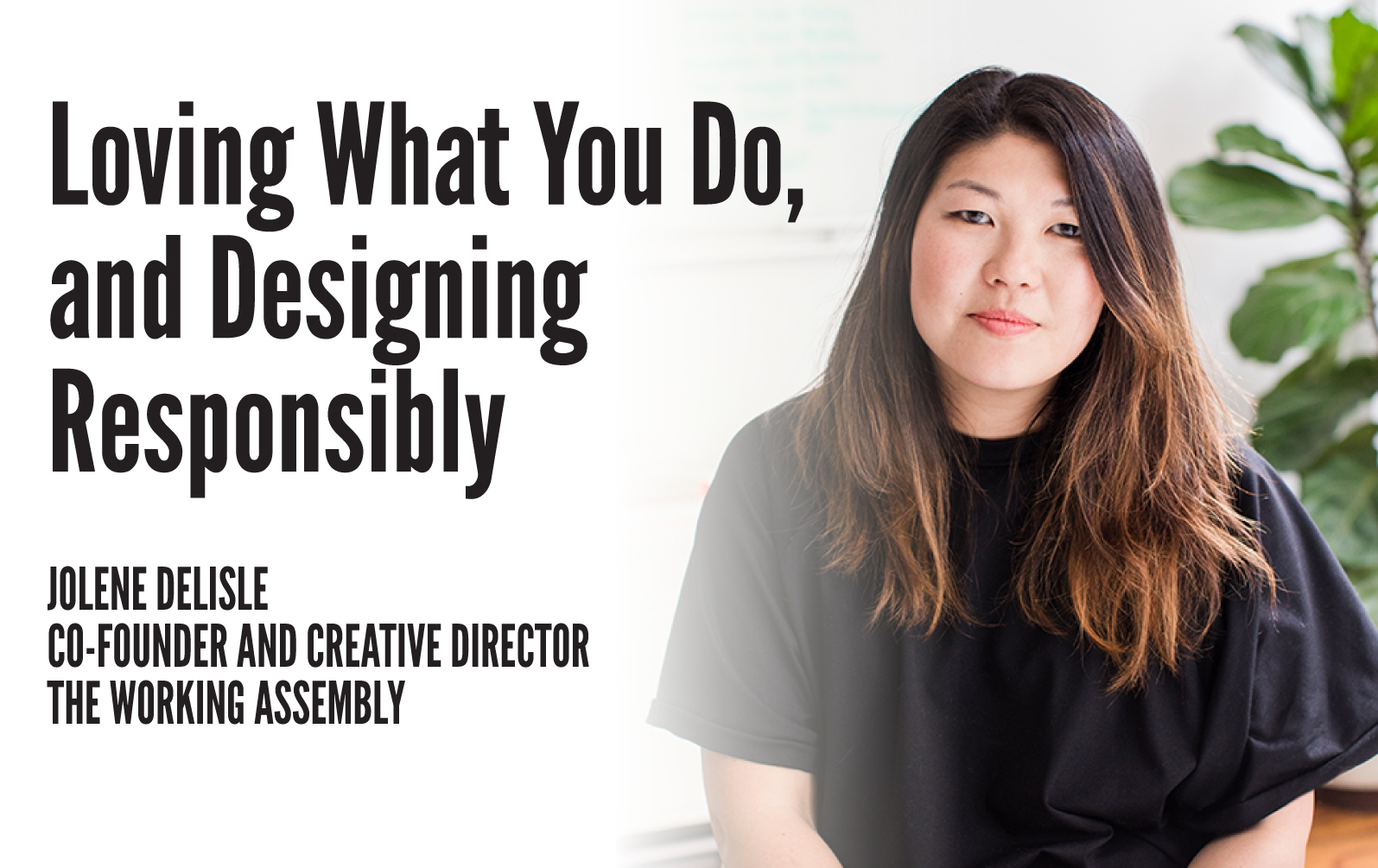
When Jolene Delisle watched a replay of Steve Jobs’ 2005 Stanford commencement address, she was thunderstruck by two lines:
For the past 33 years I’ve looked in the mirror every morning and asked myself: If today were the last day of my life, would I want to do what I am about to do today? And whenever the answer has been “no” for too many days in a row, I know I need to change something.
And:
The only way to do great work is to love what you do.
As Delisle told attendees at HOW Design Live 2020, Jobs’ wisdom came at an ideal time for her, and she realized she needed to define her career values. “These are the values that will help when you decide on a potential company or position for employment. Your career values represent the beliefs you have about what is important in your work, and what makes it meaningful to you.”
For her, it involved autonomy. Creating new things. Seeing tangible results.
So she quit her job and began to freelance—and eventually co-founded the creative agency The Working Assembly
Her advice to creatives today: Make a list of your truly untouchable values, and rank them. Then, use that information as a compass when deciding which projects to work on, and which companies to work for or with. Can you live your values while living out theirs?
And moreover: What does moving the dial toward change and innovation look like in real time?
To that end, she provided six real-world examples:
- Wetransfer. When the file-sharing service launched, the design team had an idea—to donate 30% of the platform’s ad space to artists creating work for causes they believe in. “I just thought that was so awesome,” Delisle said. “You might be an engineer, you might be someone who works at WeTransfer, and to be able to creatively think about how you can utilize something that feels very much tech and cold and transactional, and make it something where it become this really empowering space, is really amazing.”
- Lifewtr. Ever want a bottle of Lifewtr specifically because they tend to look so darn amazing? The company uses their packaging real estate to spotlight the output of artists, female creators and muralists. And we have the internal Lifewtr team to thank for bringing the concept to the fore.
- How2Recycle. This initiative takes design and utilizes it to distill instructional information about recycling into the most digestible and human forms possible. Their focus: providing design recommendations to companies to redefine how recycling directions are conveyed on products—and thus redefine what winds up in landfills.
- How2Recycle. This brand helps to destigmatize unrealistic beauty standards for women. “Their design team has really talked about girls reclaiming their natural beauty through ad campaigns that feature women’s body hair,” Delisle said. “They’ve done amazing work at Billie to really develop a brand that’s coherent to those values.”
- Target. The retail giant’s ClearRx labels have numerous positive design features—one being the color-coded bottle system that offers at-a-glance clarity for family members, “proving you do not need to compromise aesthetics for functional design.”
- Kengos. For this completely compostable shoe company, The Working Assembly assigned themselves the challenge of developing packaging that reflects the ethos of the brand. The box would have no glue, no coating and no stickers. The brief: “How do we ship something to someone with the least amount of materials as possible and know that this box is 100% breakdown-able?” Delisle believes in an end-to-end brand experience—and when the stakes are as high as the planet, you have to deliver.
